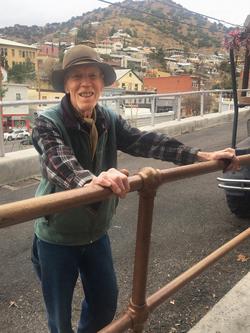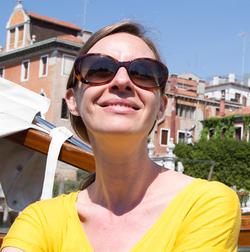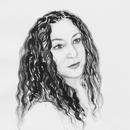The New Social Environment#275
Alex Hay with Amanda Gluibizzi
to
1 p.m. Eastern / 10 a.m. Pacific
This event is produced by The Brooklyn Rail. Learn how you can donate ✨🌈
Artist Alex Hay joins Rail ArtSeen Editor Amanda Gluibizzi for a conversation. We conclude with a poetry reading from Nada Gordon.
In this talk
Alex Hay

moved to New York from Florida in 1959, by 1962 he was part of the nascent Judson Dance Theatre, gaining early recognition for his performances, while simultaneously working as a visual artist. In the 1960s, he made paintings, drawings, and sculpture based on everyday objects, meticulously rendered and surprisingly out of scale. Hay followed an increasingly conceptual path in his work, embracing circumstance by responding to and recording his whereabouts or activities, making use of a tool or material at hand, or employing something as unpredictable as the weather. His work reflects his state of perpetual observation and acute presence. Hay’s latest paintings, monumentally-scaled details of the coats of four of his cats, are his first portraits, or representations of life.
Amanda Gluibizzi

Formerly Associate Professor at Ohio State University, Amanda Gluibizzi is the founding Co-Director of the New Foundation for Art History (NFAH) and Artseen Editor for the Brooklyn Rail. She specializes in mid- and late-20th century art, design, and urbanism in the United States, Europe, and Latin America. Amanda is the author of Art and Design in 1960s New York (Anthem Press, 2021).
The Rail has a tradition of ending our conversations with a poetry reading, and we’re fortunate to have Nada Gordon reading.
Nada Gordon

Nada Gordon consists of a head, neck, torso, two arms and two legs. Since reaching adulthood, her body has consisted of close to 100 trillion cells, the basic unit of life. These cells are organized biologically to form her whole body. She is the author of Folly, V. Imp, Are Not Our Lowing Heifers Sleeker than Night-Swollen Mushrooms?, foriegnn bodie, Swoon, Scented Rushes, and Vile Lilt. She teaches the English language at Pratt Institute in Brooklyn Her work has been translated into Hebrew, Dutch, Japanese, Romanian, and Burmese.
❤️ 🌈 We'd like to thank the The Terra Foundation for American Art for making these daily conversations possible, and for their support of our growing archive.